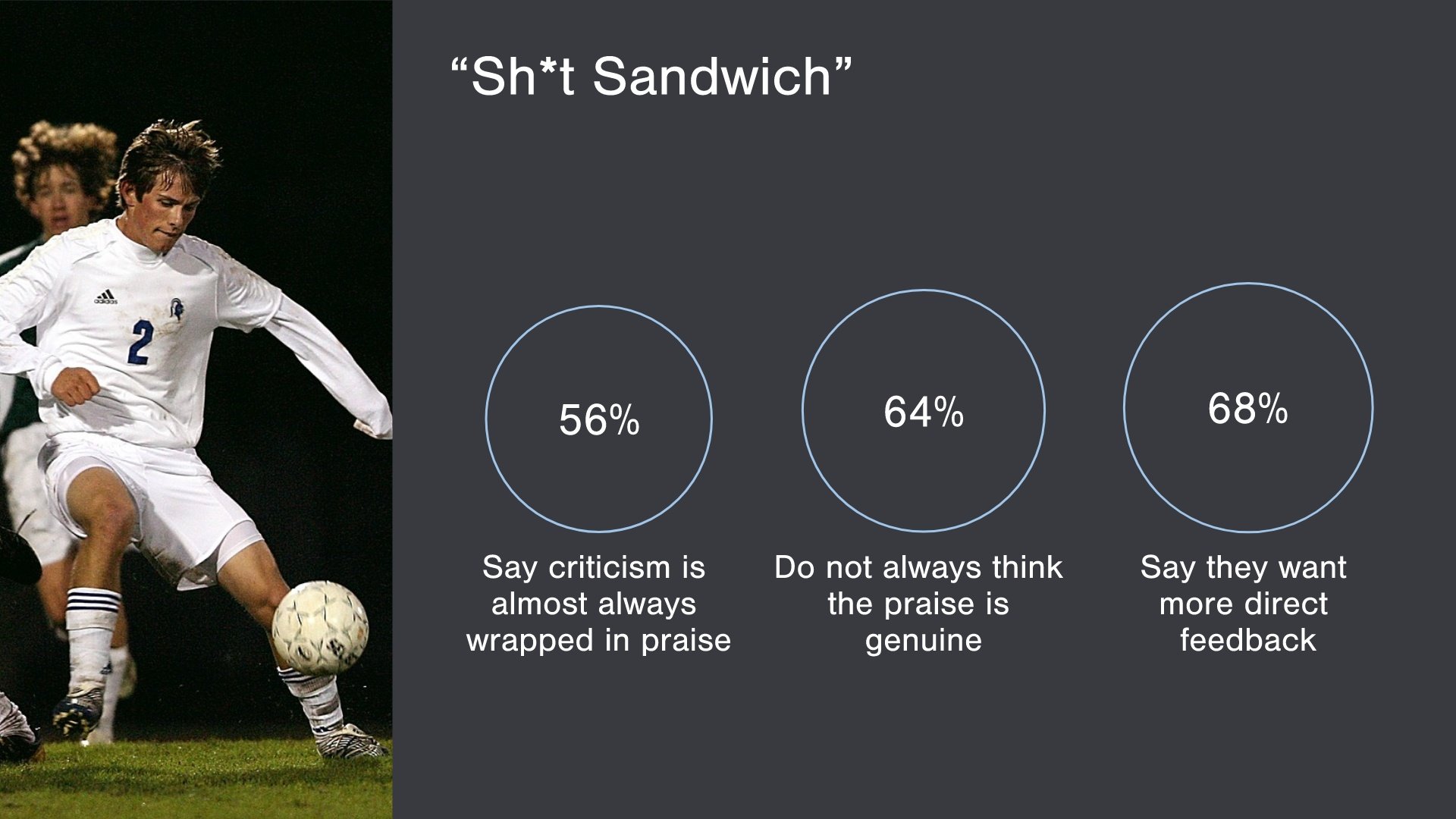Data: How to Criticize Student-Athletes and Still Get Results
Ending With the Best Players
I'd been surveying student-athletes to learn more about the role of criticism in developing student-athletes. Then earlier this week, one of my all-time favorite coaches, Carol Cantele, announced that she's retiring at the end of the season.
Carol has 3 National Championships (so far 😉), 450 wins, and that's just the start of her resume. I know a lot of successful coaches, but I think Carol has a different gear when it comes to "getting through" to student-athletes, aka developing players. One of my favorite "Carol Stats" is this: in one season that ended in her winning a National Championship, her team had ZERO first team All-Americans. Carol doesn't always start with the best players, but she usually ends with them.
So with a little extra motivation from the Carol Cantele news, I finished up the criticism surveys, identifying how coaches can be both critical and effective in developing a student-athlete.
The "Sh*t Sandwich" Does Not Work
The most common approach to delivering criticism to a student-athlete is the "sh*t sandwich." You may not have heard the term in a while (it's still very popular in Human Resources circles), but you know how it works. Feeling obligated to soften the blow, the coach tells the student-athlete something they did well. With that behind them, the coach can give the criticism - which was the whole point of the interaction anyway. Then in closing, the coach tells the student-athlete something positive again.
But the "sh*t sandwich" does not work.
Student-Athletes have grown numb to it. It's hard to know why exactly, but my data points to this: we have spent the last 10 years calling them "snowflakes" and such - and mostly delivery criticism wrapped in niceties. Now, they have simply begun to tune us out. But it gets a little worse. Student-Athletes actually feel manipulated by the "sh*t sandwich" approach. They know what we are doing. They know it's a tactic. They know it's disingenuous.
Your "Very High Expectations" Do Work
There is a well-known Stanford study conducted in 2013 called Breaking the cycle of mistrust. In the study, the student subjects each wrote an essay about their personal hero. Then they were given a choice to re-write their essay after they were provided critical feedback.
Half the students were simply told what was wrong with their paper (grammar, etc.) The other half of students were given the same feedback, but first they were told the following sentence: "I'm giving you these comments because I have very high expectations and I know that you can reach them."
The results? 64% of the students who first heard, "I'm giving you these comments because I have very high expectations and I know that you can reach them" chose to re-write their paper. Only 27% of the students who simply got the feedback chose to re-write their paper.
Here's Why Expressing Your Expectations Works
When you break down, the "very high expectations" sentence above, you arrive with three elements that student-athlete long-for and believe in!
They desire to be included in an important group
They understand that this group - the team - has extraordinary expectations
They want to trust that their coach believes that they can achieve those expectations
There is an incredible relationship between how criticism is given to a student-athlete and whether the student-athlete believes the coach is acting in their best interests. Same goes for trust building and team-culture. The bottom line is that when student-athletes feel that their coach believes in their future, criticism is rather easy for them to accept.




